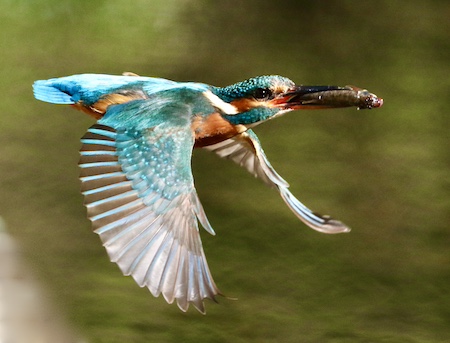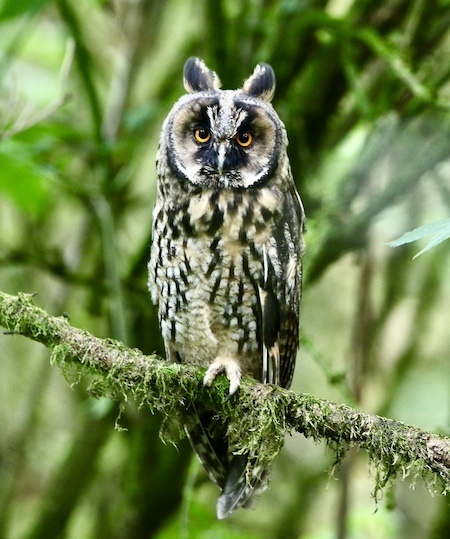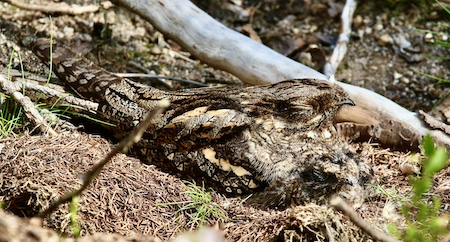Second Broods
 Now is the time that two species of birds of the Pennine streams have their second broods. Both Kingfishers and Dippers managed to rear their first young without a drop of rain falling on them. For their second attempts the weather has not been as kind and one of my Kingfisher nests failed after a dramatic thunderstorm – the flood-water coming down the stream was ten foot above normal and the Kingfishers nest-hole was only three foot above normal water levels. Disaster ensued with all the young drowning. Thankfully the Kingfishers take it all in their stride by clearing out the nest-chamber and laying again! Lets hope that there is no repeat performance. www.facebook.com/gordonyateswildlife
Now is the time that two species of birds of the Pennine streams have their second broods. Both Kingfishers and Dippers managed to rear their first young without a drop of rain falling on them. For their second attempts the weather has not been as kind and one of my Kingfisher nests failed after a dramatic thunderstorm – the flood-water coming down the stream was ten foot above normal and the Kingfishers nest-hole was only three foot above normal water levels. Disaster ensued with all the young drowning. Thankfully the Kingfishers take it all in their stride by clearing out the nest-chamber and laying again! Lets hope that there is no repeat performance. www.facebook.com/gordonyateswildlife


 Having spent all summer filming the hunting male Long Eared Owls it was good to catch up with the fledged juveniles. They would normally be hard to find in the forest but when they are hungry they give a high-pitched call which makes them easier to locate. Unfortunately for the male Owl he will still have to feed them for some weeks to come so his job is not yet done.
Having spent all summer filming the hunting male Long Eared Owls it was good to catch up with the fledged juveniles. They would normally be hard to find in the forest but when they are hungry they give a high-pitched call which makes them easier to locate. Unfortunately for the male Owl he will still have to feed them for some weeks to come so his job is not yet done. With all this summers superb weather I have spent many hours watching Long Eared Owls as they hunt, hoping for one to capture prey when I was within photographic distance. It finally happened on a wet evening , with wet grass and a wet bird! Nevertheless I was able to capture several photos of the Owl taking off with the vole in his mouth ready for presentation directly to one of his young.
With all this summers superb weather I have spent many hours watching Long Eared Owls as they hunt, hoping for one to capture prey when I was within photographic distance. It finally happened on a wet evening , with wet grass and a wet bird! Nevertheless I was able to capture several photos of the Owl taking off with the vole in his mouth ready for presentation directly to one of his young. With wildlife filming it is always the unexpected event that gives you most satisfaction and none more so than last week when I was filming my local Sand Martins I was deeply engrossed in their comings and goings when there was a sudden movement in the lowest hole. It was a Weasel and in less than a second I had two photos to add to my wildlife collection.It was a first for me in more than sixty years of wildlife filming and the good news was that the Weasel failed to capture any of the Sand Martins.
With wildlife filming it is always the unexpected event that gives you most satisfaction and none more so than last week when I was filming my local Sand Martins I was deeply engrossed in their comings and goings when there was a sudden movement in the lowest hole. It was a Weasel and in less than a second I had two photos to add to my wildlife collection.It was a first for me in more than sixty years of wildlife filming and the good news was that the Weasel failed to capture any of the Sand Martins. There is no doubt that the ultimate challenge for any wildlife photographer in the Pennines is to find and photograph the Nightjar.In more than 60 years of searching I have only seen three nests but last week I was able to add a fourth to the list. Even more challenging was the fact that the female Nightjar was brooding a young that was almost her size and equally as camouflaged. I was able to approach them both for photos and now realise why it is years since I was in this privileged position which I might never experience again. www.facebook.com/gordonyateswildlife
There is no doubt that the ultimate challenge for any wildlife photographer in the Pennines is to find and photograph the Nightjar.In more than 60 years of searching I have only seen three nests but last week I was able to add a fourth to the list. Even more challenging was the fact that the female Nightjar was brooding a young that was almost her size and equally as camouflaged. I was able to approach them both for photos and now realise why it is years since I was in this privileged position which I might never experience again. www.facebook.com/gordonyateswildlife No trip to Islay is complete without time spent searching out and filming its Hen Harriers.They are without doubt one of Britain’s most magnificent raptors, even on Islay they are sometimes illusive to find. We went several days without seeing any hunting males but then we saw four different ones before mid-day.It helps to make every day on Islay an exciting adventure.
No trip to Islay is complete without time spent searching out and filming its Hen Harriers.They are without doubt one of Britain’s most magnificent raptors, even on Islay they are sometimes illusive to find. We went several days without seeing any hunting males but then we saw four different ones before mid-day.It helps to make every day on Islay an exciting adventure.